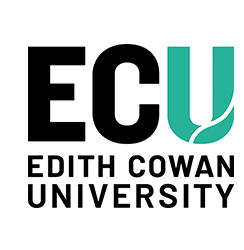Abstract
The corrosion behavior and mechanism of the laser powder bed fusion (L-PBF) produced CoCrW were investigated in 0.9 wt% NaCl solution with a pH of 2. The corrosion resistance of the alloy increases after 28 days of immersion because of the formed oxide film, which results in the increased corrosion potential and the decreased passivation current density on the potentiodynamic polarization test. The corrosion mechanism of the L-PBF-produced CoCrW could be explained by the melt pool formed from the laser melting process, that the melt pools were “shrinking” by the formation and dissolution of the oxide film.
Document Type
Journal Article
Date of Publication
2023
Publication Title
Corrosion Science
Publisher
Elsevier
School
School of Engineering
RAS ID
56480
Funders
Industrial Grant
Open Foundation of State Key Laboratory of Featured Metal Materials and Life-cycle Safety for Composite Structures
Edith Cowan University
Creative Commons License

This work is licensed under a Creative Commons Attribution 4.0 License.


Comments
Qin, P., Chen, L. Y., Liu, Y. J., Zhao, C. H., Lu, Y. J., Sun, H., & Zhang, L. C. (2023). Corrosion behavior and mechanism of laser powder bed fusion produced CoCrW in an acidic NaCl solution. Corrosion Science, 213, article 110999. https://doi.org/10.1016/j.corsci.2023.110999